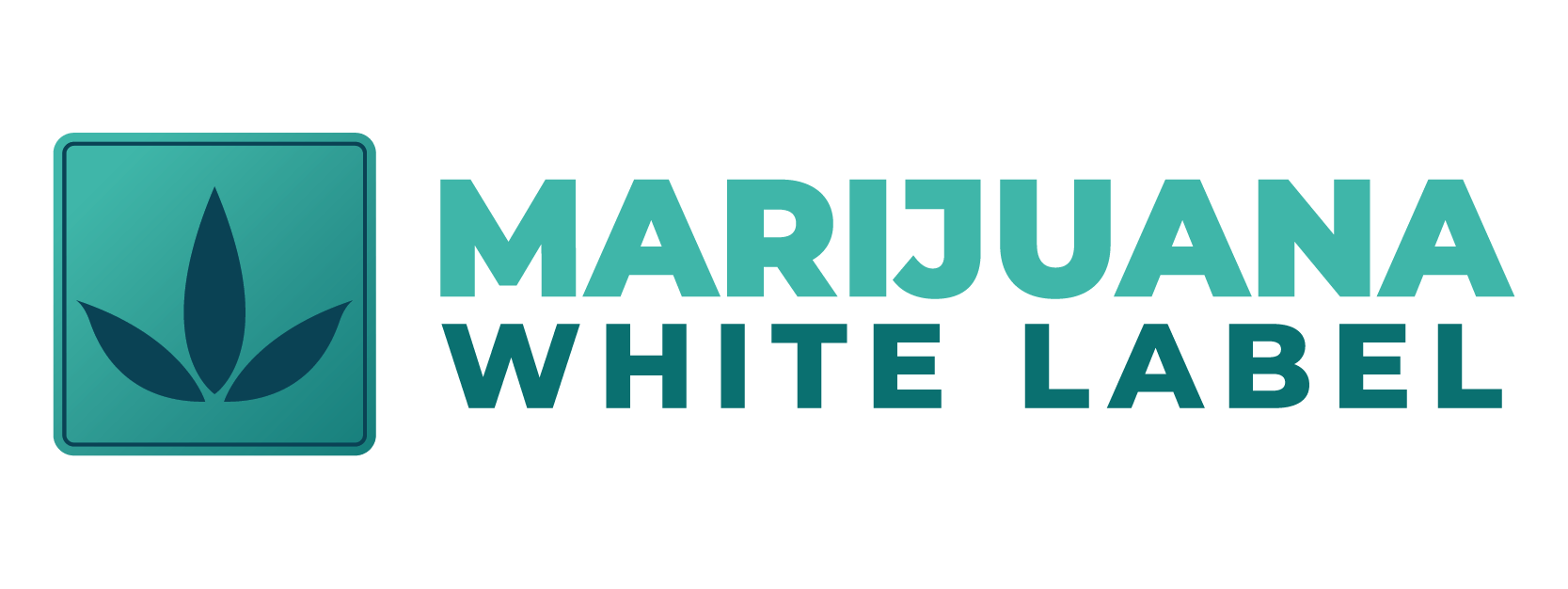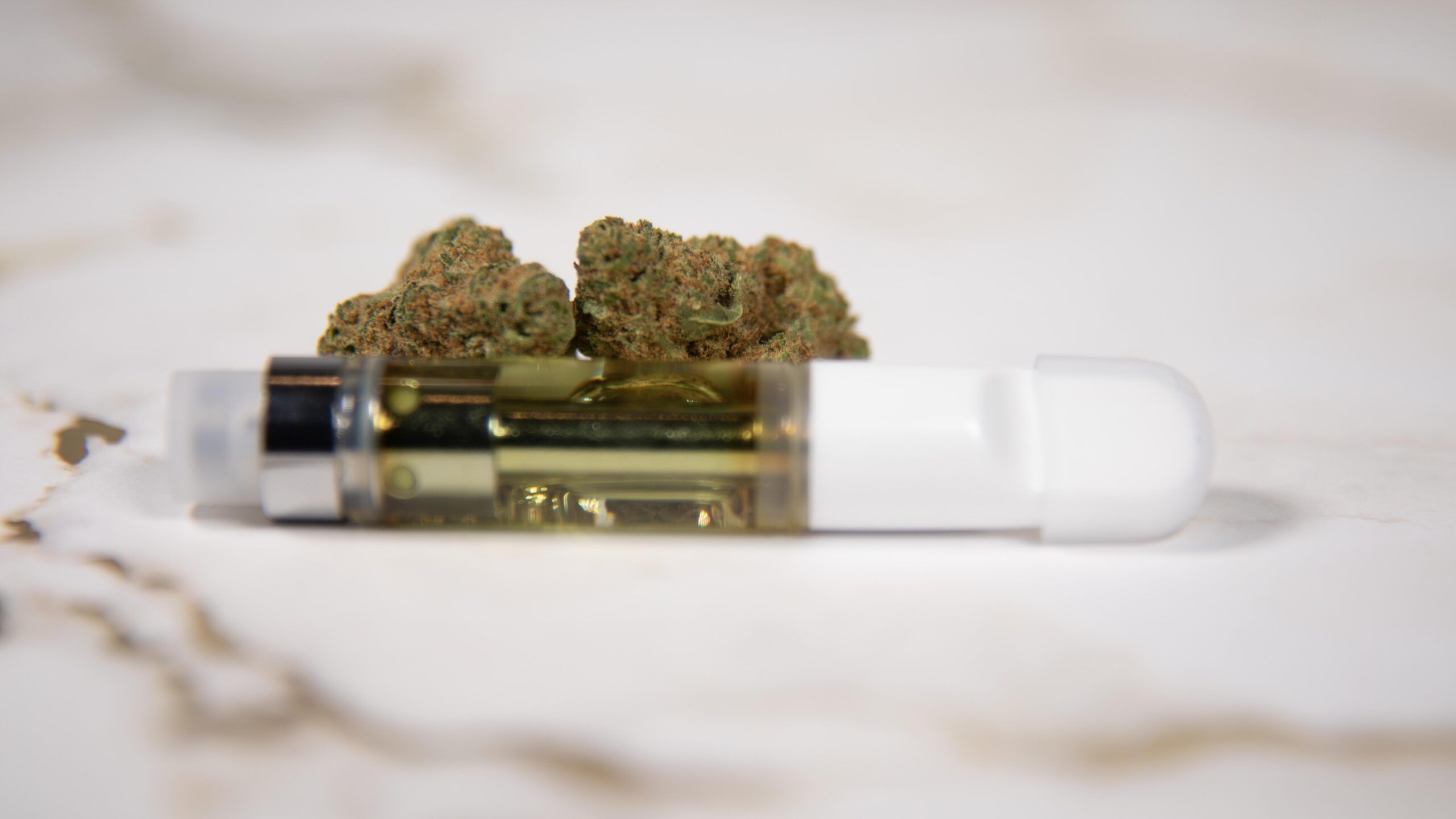White labeling has emerged as one of the fastest-growing strategies in the cannabis industry, allowing brands to outsource product development and focus on marketing, retail expansion, and consumer engagement. For manufacturers, it offers the opportunity to scale production and supply multiple brands without requiring each client to build costly infrastructure. Yet while this model provides clear efficiencies, navigating the multi-state cannabis landscape presents unique challenges that both brands and manufacturers must confront.
Regulatory Inconsistencies Across State Lines
Unlike traditional consumer packaged goods, cannabis products cannot cross state borders. Each market operates with its own set of licensing frameworks, testing standards, and compliance requirements. What is permissible in Colorado may be restricted in New York or Florida. This forces manufacturers to essentially recreate operations on a state-by-state basis, often partnering with local licensed facilities or setting up parallel production infrastructure.
For white label manufacturers, the complexity compounds as they must meet the compliance needs of not just one brand but multiple brand clients—each with their own formulation requirements, packaging strategies, and retail expectations. The lack of federal uniformity means operational costs increase, timelines stretch, and product consistency becomes harder to maintain across markets.
Supply Chain Pressures and Ingredient Limitations
A central challenge in multi-state white labeling is sourcing raw materials and maintaining consistent formulations. States often restrict certain ingredients, additives, or manufacturing techniques. For example, one state may allow certain flavoring agents in vape cartridges or beverages, while another prohibits them entirely.
This forces manufacturers to reformulate products for each jurisdiction, creating multiple versions of what is supposed to be a standardized offering. Brands seeking to build national recognition can find their identity diluted when a vape cartridge in Nevada tastes or performs differently from the same product in Illinois. Consumers expecting uniform experiences are often left disappointed, eroding trust in both the brand and its manufacturing partners.
Packaging and Labeling Constraints
Packaging and labeling requirements are another source of friction. While most states mandate child-resistant designs and clear THC potency disclosures, the details vary widely. Some require plain packaging with limited color palettes, while others permit more brand-forward designs. Warning language, font sizes, and placement of universal symbols can differ significantly, requiring costly redesigns for every market.
For white label partners, these changes are not just aesthetic—they impact production runs, procurement of compliant packaging, and the speed with which products can hit shelves. Delays in packaging approval often mean delayed launches, directly affecting revenue streams for brands and manufacturers alike.
Contract Manufacturing Risks
White label partnerships are built on trust and consistency, but in fragmented markets, misalignment is common. Brands may expect premium formulations or specific production timelines that local facilities cannot meet due to supply shortages, equipment limitations, or regulatory bottlenecks.
Furthermore, with multiple brands relying on the same facility, capacity allocation becomes a delicate balancing act. Smaller brands often face production delays if a facility prioritizes larger, more established clients. For manufacturers, juggling these expectations while maintaining compliance can strain resources and damage long-term relationships.
Consumer Impact: Restricted Availability and Fragmented Access
The downstream effect of these challenges is felt most acutely by consumers. When brands cannot maintain consistent product quality or availability across markets, customers lose confidence. For instance, a consumer who discovers a brand’s cannabis beverage in California may not be able to find it in Arizona—or may encounter a reformulated version with a different taste or effect profile.
Product restrictions also contribute to limited variety on dispensary shelves. If a manufacturer cannot legally produce an innovative formulation in a certain state, consumers in that market miss out entirely. This creates uneven product landscapes across the country, where some states enjoy robust menus while others remain constrained by regulatory limits.
Moving Forward: Adaptability as the Key to Growth
White labeling in multi-state cannabis markets is unlikely to get easier until federal reform addresses interstate commerce and regulatory alignment. Until then, adaptability remains the key success factor. Manufacturers and brands that invest in flexible operations, localized expertise, and proactive communication with regulators will be better positioned to deliver consistent value.
For brands, choosing a white label partner with multi-state experience is critical. The most successful partnerships are those where both sides acknowledge the complexities of compliance, plan for reformulation needs, and understand that consumer trust hinges on consistency—even when regulations do not.

